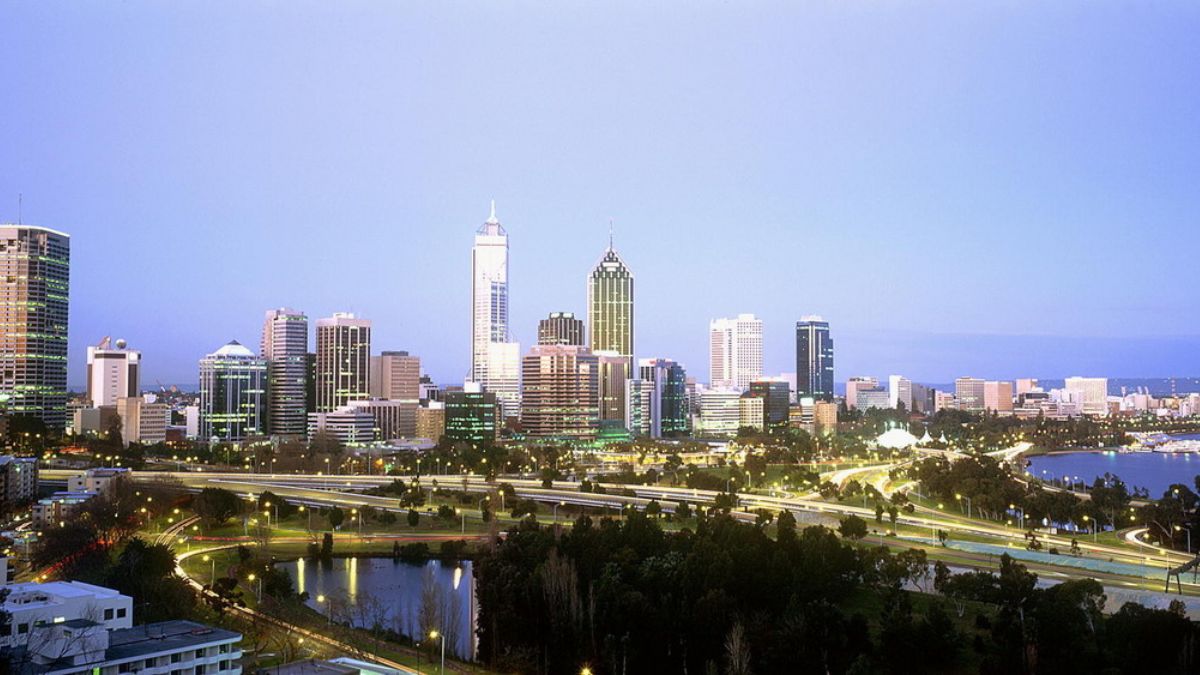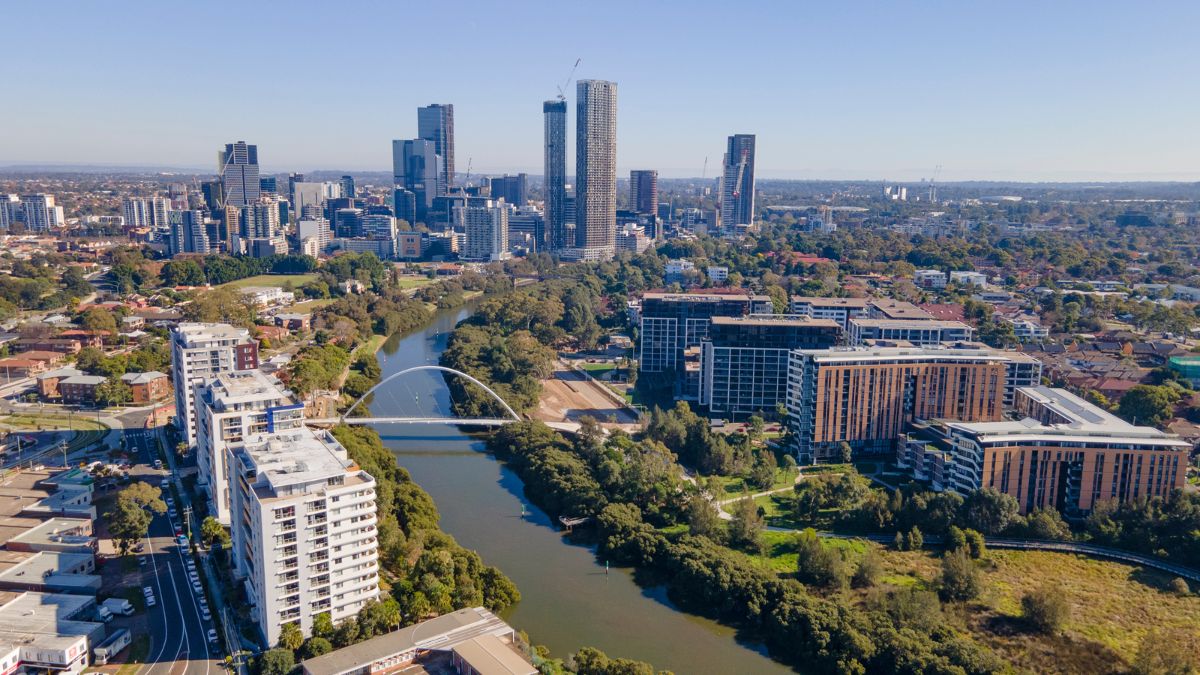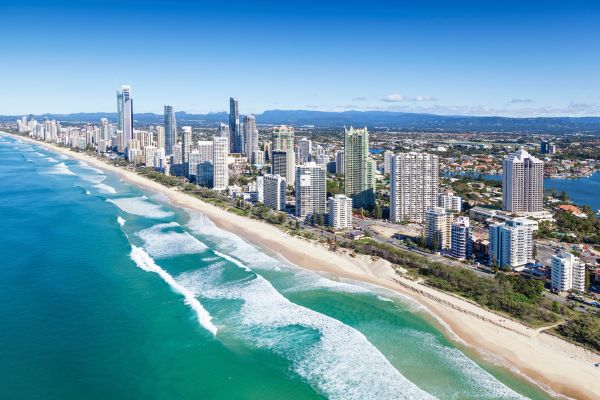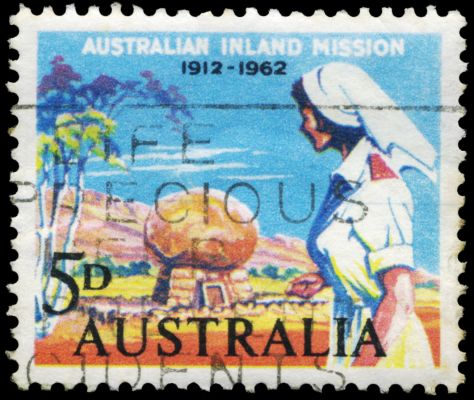It may just seem that travel nurses’ role isn’t as important as it actually is just because they are just fill-in employees. However, they are definitely more than that.
Because of the rampant shortage of the supply of nurses compared to the ever-growing demand, legislation in various states has been passed to keep the ratio in check. However, there seem to be not enough of these professionals that come out of schools, hence, the need to get them from other sources.
In short, travel nurses are a very effective solution to the problem of maintaining the nurse-patient ratio to a healthy level that can lead to lower patient mortality, as well as increased patient safety.
Also, expect nurses to come from different backgrounds in terms of education, practices, and experiences. With this, it is advantageous to be welcoming travel nurses every now and then as they can share their unique knowledge with the constant rotation of staff in healthcare facilities.
Living Conditions and Opportunities in Western Australia
If you are taking into account the living conditions, opportunities, weather, and what rest and recreation a place has in store before moving in for work, Western Australia has a lot of nice things to offer. In fact, WA can provide both city and urban lifestyles.
First is the world-class food and wine. This part of the country has become one of the melting pots of different cultures mainly due to migration. With this, expect to find different cuisines and cooking styles to cater to the multicultural population. So regardless of your country of origin, you’ll find something that matches your palate.
Second, if travelling for leisure and learning new things is your hobby, rich cultural history, various tourist attractions that include interesting wildlife, incredible nature, diverse landscapes, vibrant arts, and the likes are some of the things that this place can offer to quench your thirst for new knowledge and experience.
Third, the climate in the region can be contrasting, depending on where you are situated. The northern part is tropical but summer rainfall is not uncommon. On the other hand, the southern part is considered a Mediterranean climate or having hot and dry summers and cool and wet winters.
Lastly, compared to some eastern states, much of Western Australia itself is considered more affordable. However, it’s worth noting that Perth can be expensive, especially during mining booms. I did part-time work in Perth pressure cleaning in order to keep a roof over my head!
With all the comfort and convenience that a prosperous region brings, quality education and world-class healthcare cannot be far behind. However, despite all the efforts to maintain the patient care quality, the shortage of nurses still continuously hounds the health sector, hence, the need for travel nurses.
Healthcare Services in Western Australia
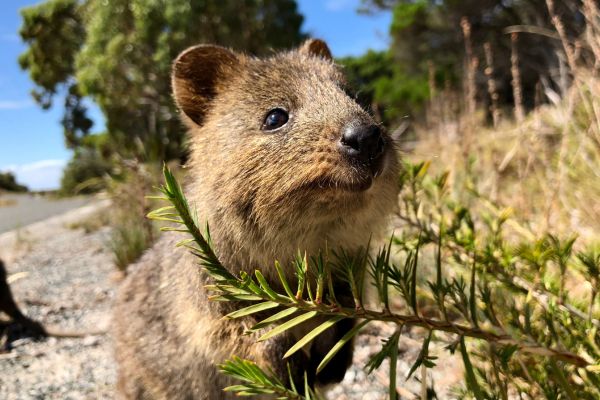
With Western Australia’s size, it covers almost one-third of the country, with the concentration of the population is around Perth and Fremantle. In fact, WA has less than a third of the population of Australia’s largest state, New South Wales. However, because the state gives importance to farming and natural resources, there are still many people who live in remote rural areas.
While some may find living and working in remote areas of WA appealing, access to health services, more often than not, can be more challenging as compared to when you are in the city proper. In the same way, healthcare professionals such as nurses find it hard to like being assigned to remote areas because they find the lack of other forms of recreation after exhausting work shifts, especially that they are away from their families and friends, as the deal breaker. Hence, there’s a need for attractive incentives to convince them to accept the posts.
Also, there’s a misconception that being assigned in the remote areas of WA can be boring and may appear as something that will not make you grow in your career or will not improve your knowledge and experience.
However, that is entirely wrong. There are actually six large regional hospitals and many country hospitals offering a variety of health services scattered within WA.
The WA Country Health Service is in charge of providing healthcare services for the residents in the remote areas of the region. But some have to share the resources and nursing personnel to meet the demands at the local level.
Then there’s Rural Health West which ensures that the rural and remote communities in the region have readily available access to high-quality health services. This is actually funded by the Australian Government Department of Health, as well as the Aged Care and WA Country Health Service.
Another government-supported health service provider, the Royal Flying Doctor Service offers outreach services via its aeromedical care that include:
- dental services
- disability services
- emergency medical flights
- flight nursing
- help for carers
- integrated health and aged care services
- maternal, child, and youth health
- medical chests
- rural and remote general practice clinics
- telehealth
This ensures that patients can be reached anywhere across the massive expanse of Western Australia, which is considered one of the largest and even one of the most remote health jurisdictions on earth.


